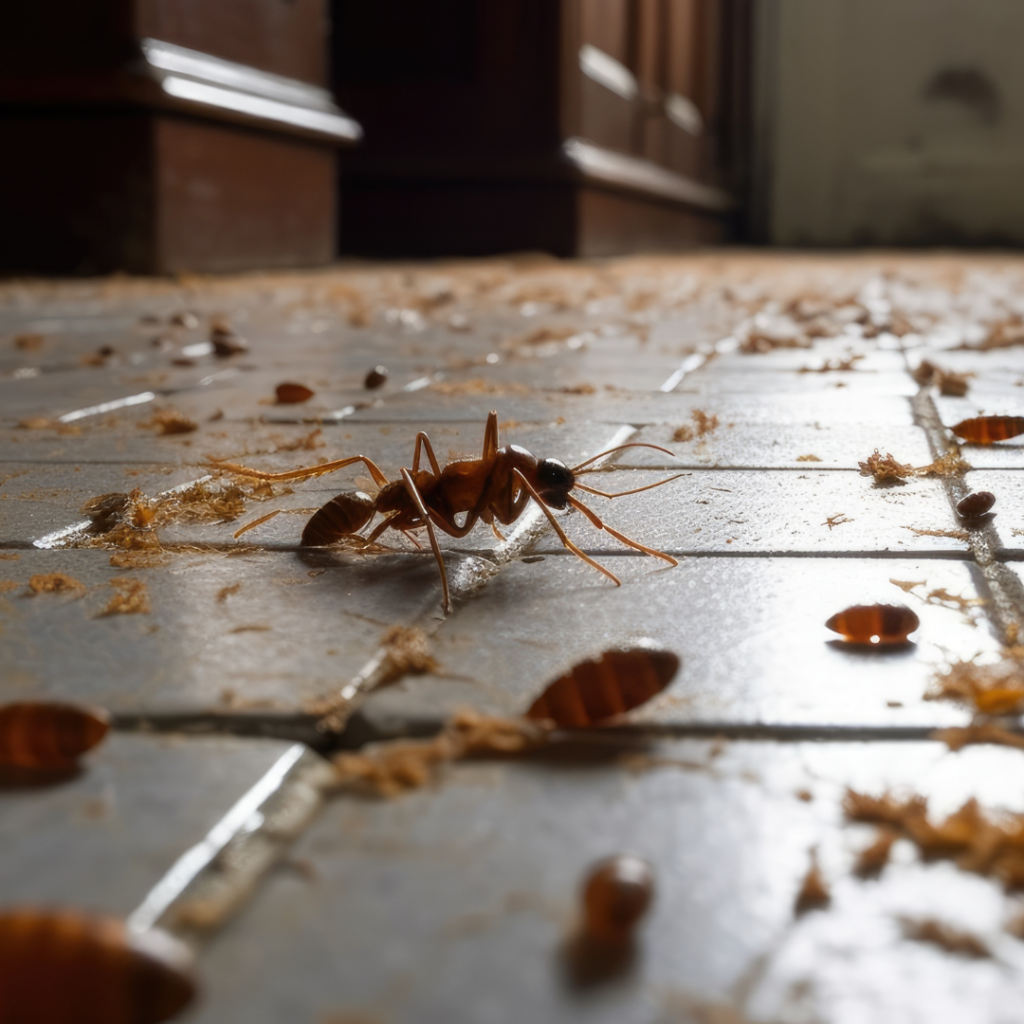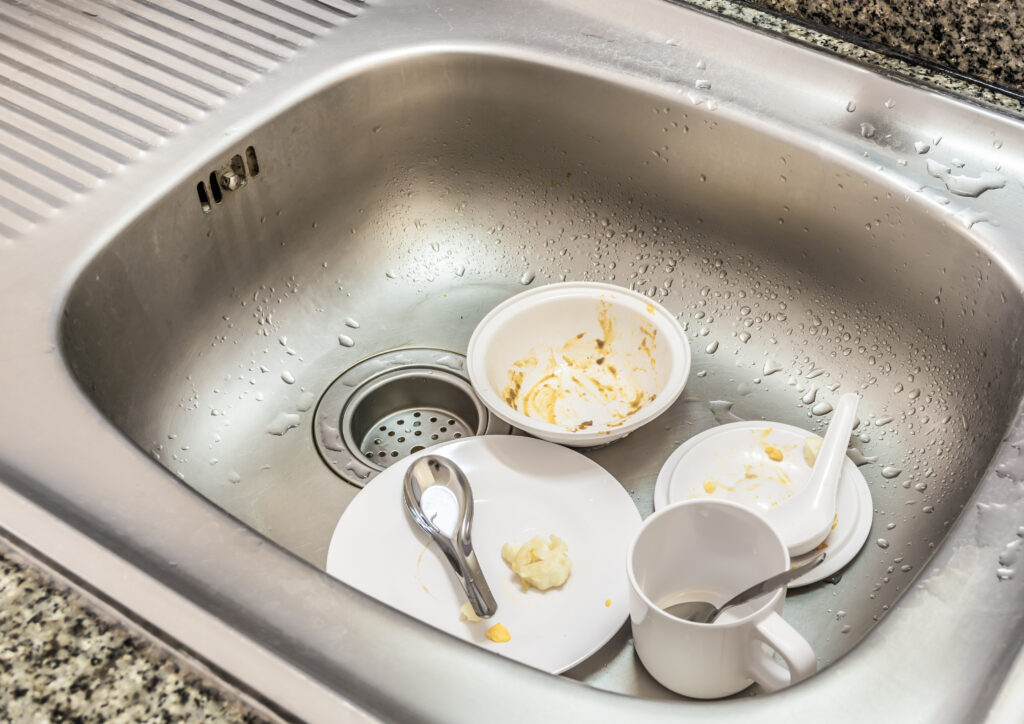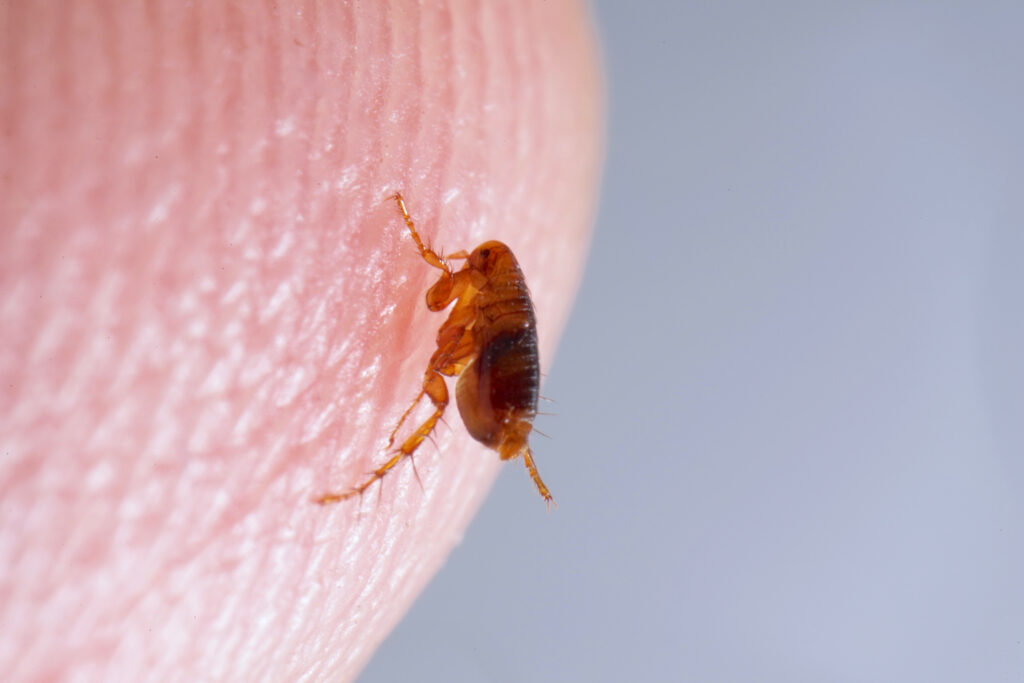- Don’t remove anymore than one third of the grass leaf at any one cutting. If circumstances arise that a lawn gets too tall and you just have to lop off a bunch to get caught up, bite the bullet and break it down into several mowings to get caught up with three or so days between cuttings. Try to avoid mowing when the grass is wet.
- When mowing on a third of a third with each cutting, you can safely leave the clippings that will quickly decompose and add nutrients back into the soil. Contrary to popular opinion, grass clippings do not add to thatch buildup. Grass blades are made up of about 75% water.
- Mow your lawn in a different direction with each mowing. Altering the direction ensures a more even cut since grass blades will grow more erect and less likely to develop into a set pattern.
- Keep your mower’s blade sharp, which means having it sharpened several times during the mowing season. A good idea is to keep several blades around so you’ll always have a sharp one on hand. Professionals often sharpen their blades after only 8 hours of usage.
- All grass varieties should be mowed at or near their optimal mowing height. This will keep grass healthy and dense. Maintaining a dense and healthy lawn is the best weed control.
CATEGORIES
- All
- Ants
- Awards
- Bats
- Bed Bugs
- Beetles
- Carpenter Ants
- Centipedes
- Chinch Bugs
- Cockroaches
- Community Support
- Daily Antennae
- Fire Ants
- Fleas
- Fort Myers
- Gainesville
- Going Green
- Jacksonville
- Jacksonville Jaguars
- Kissing Bugs
- Lawn + Outdoor
- Melbourne
- Millipedes
- Mosquitoes
- News
- Naples
- Orlando
- Palm Bay
- Pest Control
- Pest Control Library
- Pests
- Port St. Lucie
- Press Release
- Residential
- Rodents
- Same and Next Day Service
- Sarasota
- Scholarship
- Silverfish
- Spiders
- St Petersburg
- Stinging Insects
- Tampa
- Termite
- Turner Guard Termite & Pest Control
- TurnerClean Disinfecting Service
- Uncategorized
- West Palm Beach
- Wildlife
- Zika Virus



